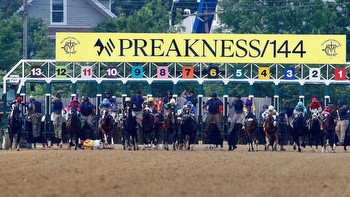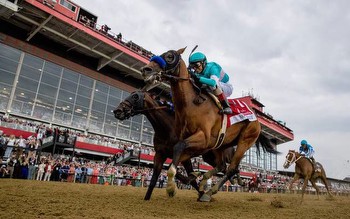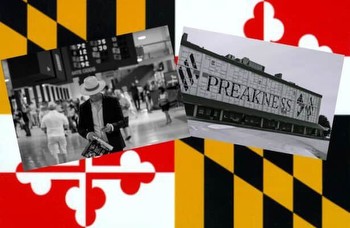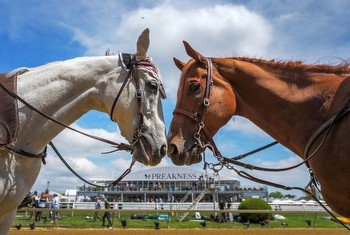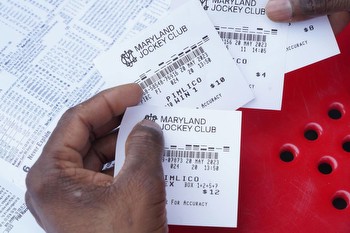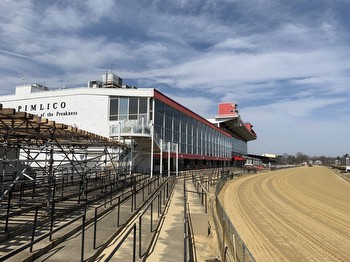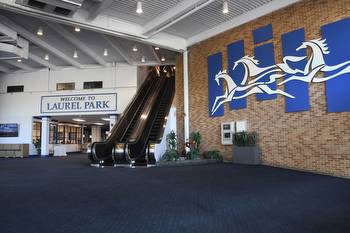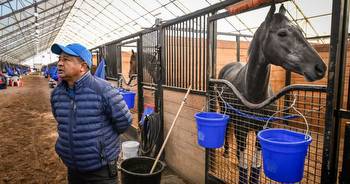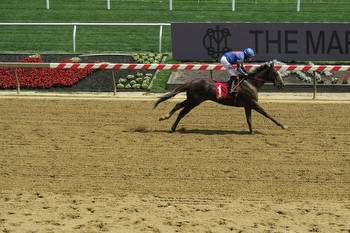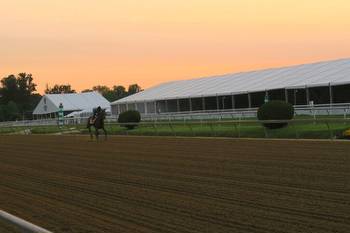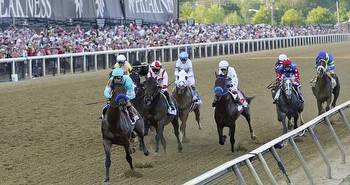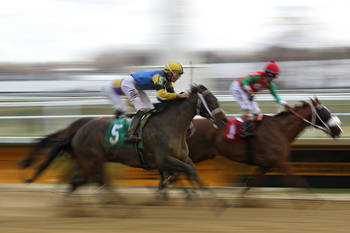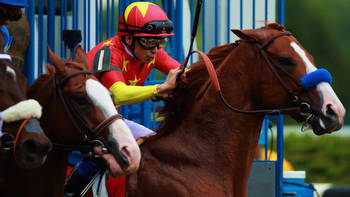What the new Pimlico bill means for the Preakness Stakes
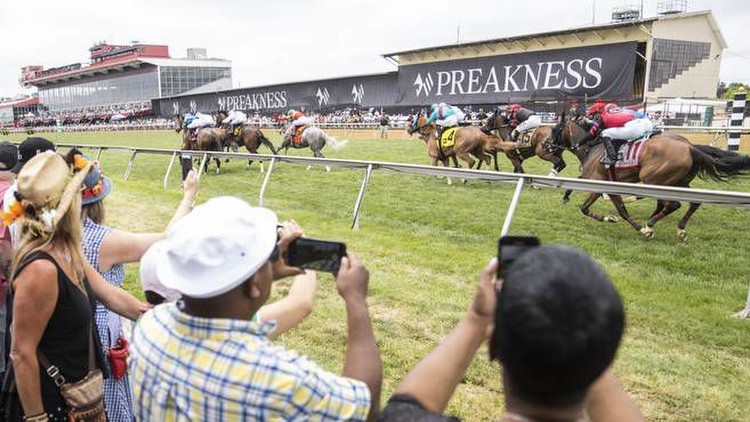
Maryland officials and The Stronach Group have agreed to a plan that would transfer Pimlico Race Course to the state, which would build a new racetrack at the historic Northwest Baltimore site and create a nonprofit to run day-to-day horse racing operations.
Laurel Park would close, and thoroughbred racing, a sport with roots in the state dating to the 18th century, would be concentrated at the new Pimlico track. A separate facility would be built for training and housing horses.
The law would green light a proposal put forward in January by the Maryland Thoroughbred Racetrack Operating Authority, a panel created to recommend changes to the industry after renovations of Pimlico and Laurel Park stalled.
“This is a new day. ... We get to bet on ourselves. We’re going to control our own destiny,” said Greg Cross, a Baltimore attorney who chairs the authority that negotiated the deal.
Craig Fravel, executive vice chairman of The Stronach Group’s 1/ST Racing and Gaming, said in a statement the company has engaged in “extensive negotiations” with the authority since the framework of the deal was released two months ago.
The plan “aims to secure a sustainable future for the Maryland Thoroughbred racing industry and ensure the successful operation of Pimlico Race Course and the Preakness in Baltimore,” he said.
In 2020, the legislature authorized $375 million in state-backed bonds to fund improvements at Pimlico and Laurel. A new bill introduced Thursday would bump the figure to $400 million and apportion the money toward revamping Pimlico and building the training center.
What does all this mean for the Preakness Stakes, the second jewel of horse racing’s Triple Crown?
Preakness will be run outside Baltimore for only one year
Preakness Day is the largest day on the Maryland racing calendar, and for much of its history the race has been run at Pimlico Race Course. It’s even mandated by state law that the race be held there.
If the legislation is approved, Preakness will be held at the old track in 2025, which marks the 150th running of the race, according to a state official familiar with the negotiations.
It will move to Laurel Park for 2026 before returning to the newly rebuilt Pimlico Race Course in 2027.
Once the bill is approved, the state will close on the deal by June 1 of this year and the Pimlico site will be transferred by July 1, the official said. At the start of 2025, the 501(c)(4) nonprofit created by the authority will take control of racing.
But The Stronach Group will continue to own Preakness and lease the rights to the nonprofit.
Wait, The Stronach Group gets to keep Preakness?
Yes. It will hold the rights and charge the state a fee each year to use them. The state official declined to disclose the fee, and the amount is not spelled out in the legislation.
The nonprofit, however, will keep whatever profits are left from the Preakness Day betting handle, i.e. the amount of money wagered. Last year’s handle was about $101.7 million, with $47.8 million of that bet on Preakness alone. The handle has surpassed $100 million each of the last three years.
Although Stronach has said it has struggled in recent years to turn a profit in Maryland, the authority has models that show racing can be self-sustaining, the official said. For one, the nonprofit will have only one crumbling facility to deal with instead of two, and that will only be for a couple of years. Once the new track is built, the nonprofit won’t have to worry about the costly maintenance it takes to get the current track ready for Preakness.
Who gets the Woodlawn Vase?
Considered the most valuable trophy in sports, the 3-foot-tall prize made of sterling silver was designed by Tiffany and Co. in 1860 and, from 1917 to 1953, was presented to the owner of the Preakness winner. Race officials now give out a smaller replica.
The Woodlawn Vase is worth millions of dollars and is on display at the Baltimore Museum of Art. Stronach will keep that, too, though it will be on permanent loan to the state.
Cross hopes to have it on display in the lobby of the newly constructed Pimlico grandstand.
What will the new Pimlico look like?
That is to be decided. Two designs were put forward in January, one that would keep the track in its current configuration and another that would rotate the oval track so it runs parallel with Northern Parkway.
In both, the current grandstand and clubhouse would be razed and a new, smaller building would take its place. The new structure would incorporate elements of the existing ones, such as the bas relief of “The Great Race” run in 1877, sculptures, artifacts, murals and wood from the Old Grandstand. A hotel and a parking garage would be built on the land, along with more stables.
With the addition of temporary seating, both proposals would allow for a capacity of about 70,000 people on Preakness Day.
The state official said the option rotating the track is the most likely outcome.
According to the January report from the Maryland Thoroughbred Racetrack Operating Authority, rotating the track better orients the site with the surrounding neighborhood, leaves more desirable parcels of land for development and creates a “grand entrance experience” off Northern Parkway.
The authority is doing its due diligence on three sites for the training center — the old Bowie Race Track site, Shamrock Farm in Woodbine and Mitchell Farm in Aberdeen — but a decision is expected this year, the official said.


